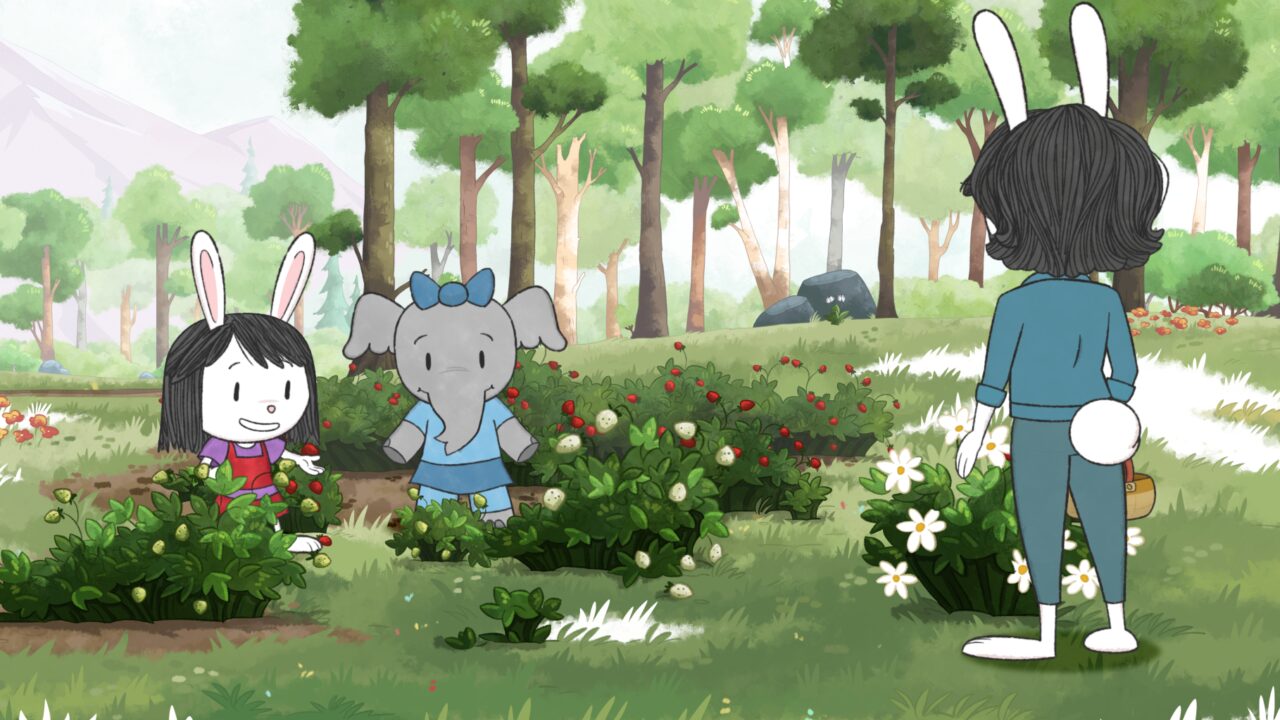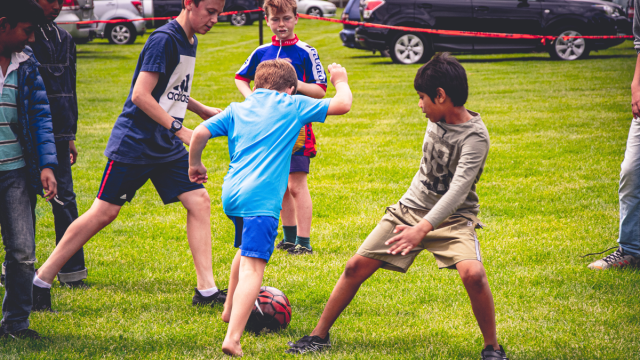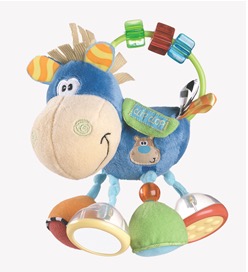Learning about numbers doesn’t have to boring! Take a look at these 11 examples below—from writing on windows to reinventing hopscotch, there’s more than one way to count it out. Read on for the ideas and get ready to make math fun for everyone.
Roll and Dot the Numbers
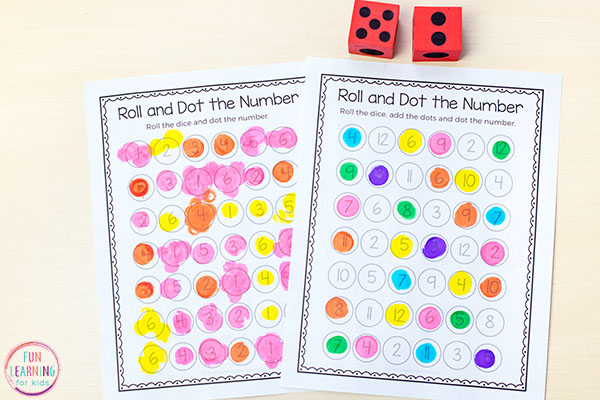
This activity can be played together or independently. This game, from Fun Learning for Kids, has kids roll the dice and then "dot" or color in the corresponding number on the free printable. Great for kids just learning their numbers or, for kids looking for a harder challenge, create a sheet with various sums from the dice. Once they roll the dice, have them add-up the numbers and then find the corresponding number on the sheet. Get the full how-to here.
Division 1 Racing
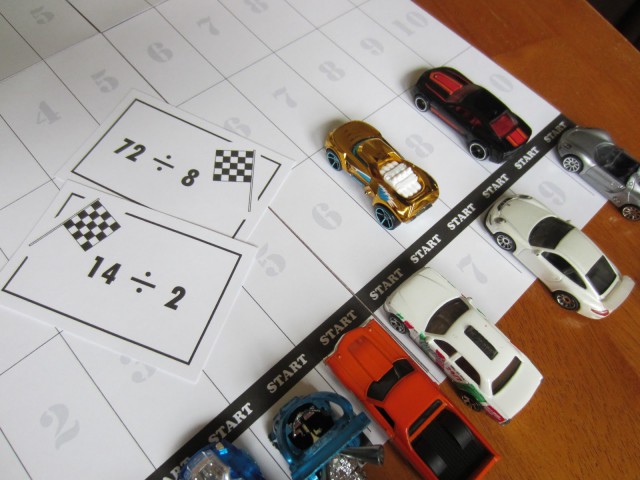
Racers, on your mark! This division activity from Relentlessly Fun, Deceptively Educational will go over big with Matchbox car fans. Score the instructions—and a free download of the race track—here.
Measurement Exploration Center
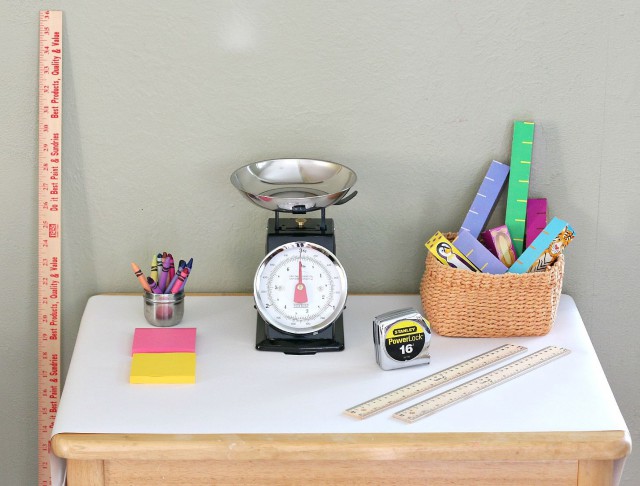
Get the littles learning about size and measurement thanks to this hands-on idea from Buggy and Buddy. They'll love having they're own station and tools for experimenting—you'll love that everything's contained in one area. Learn more here.
Hopscotch with a Math Twist
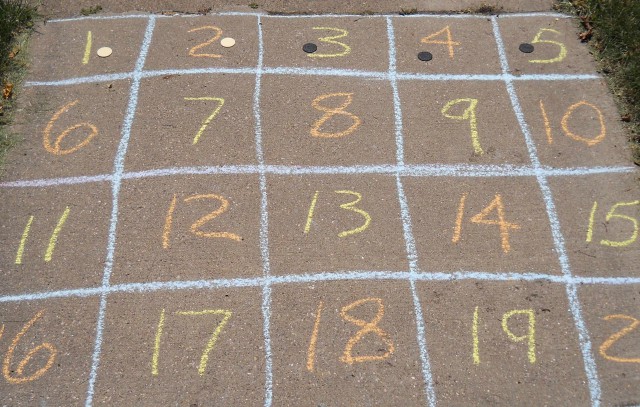
Who says math is all sitting still and staying in one place? Over at Guilt-Free Homeschooling, there's an idea that has all the active fun of hopscotch, with a bit of addition and subtraction thrown in. Feel free to tailor the grid to your kiddo's age and math level. Get more info here.
Crown Jewels Math Game

Your pint-sized royalty will get a kick out of this activity from Where Imagination Grows. It's a fairytale way to practice counting, simple addition or subtraction, and more. Learn more here.
LEGO Garden Preschool Math

Those LEGO bricks your little one is obsessed with? They might as well get some milage as math helpers. We like how this activity from The Educators' Spin On It is centered on what kids already like to do with LEGO: build things. Get the scoop here.
Build and Smash Numbers

We're pretty sure this idea from Coffee Cups and Crayons is the very definition of hands-on learning. It's a simple way to get kids counting or visualizing addition problems—and it involves tactile fun, too. Just add playdough! Get all the info (plus more math ideas) here.
Building Block Fun

Take your kids love of building LEGO towers and transfer it to this LEGO game from Teach With Laughter. The highest tower wins and everyone gets to practice counting and adding. Bonus: you can download the game board (for free!) thanks to Teach With Laughter.
Number Order Window Game
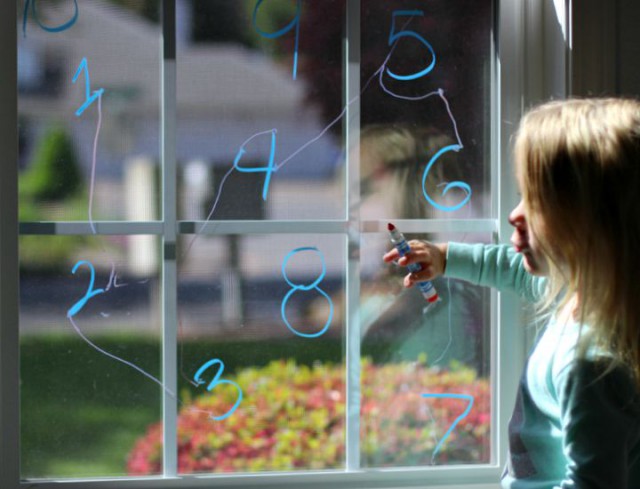
Sure, the littles are bound to be excited about writing on windows—but they'll also get a kick out of number matching, counting, and making those mathematical connections. See more here.
Super Hero Math Game: Catch a Villain
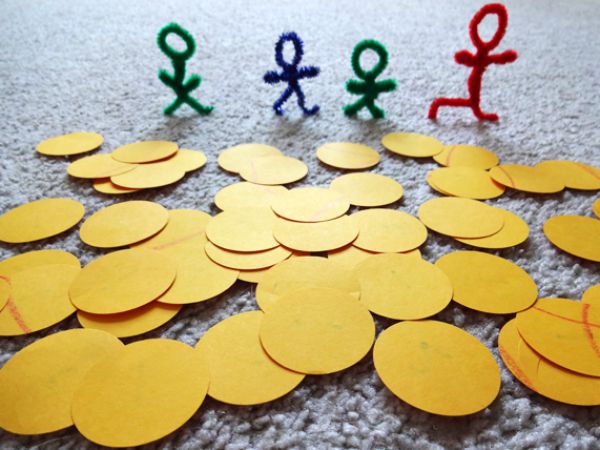
With this game, your little super heroes get to bust nefarious bank robbers—and practicing number recognition, counting, and addition while they're at it. Get the instructions here.
LEGO Fraction Game
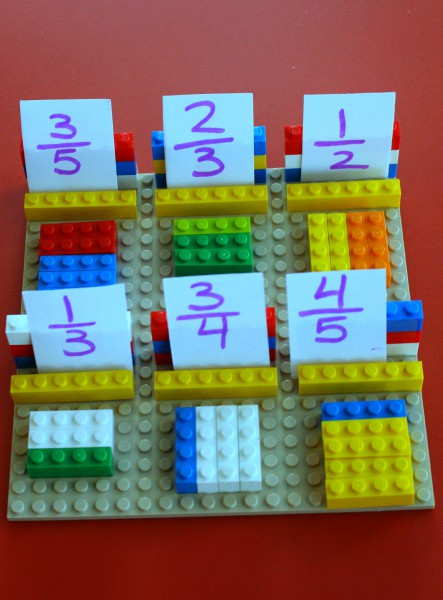
This fraction game from JDaniel4's Mom is just further proof that LEGO bricks are the ultimate learning tool. It uses fraction prompts and different color LEGO, to get kids thinking about fractions—genius! Get the how-to here.
—Abigail Matsumoto
RELATED STORIES:
13 Easy-Peasy Preschool Games for Kids
10 Amazing Airplane Games for Kids
14 Toddler Games They’ll Never Get Tired Of
Featured image iStock







